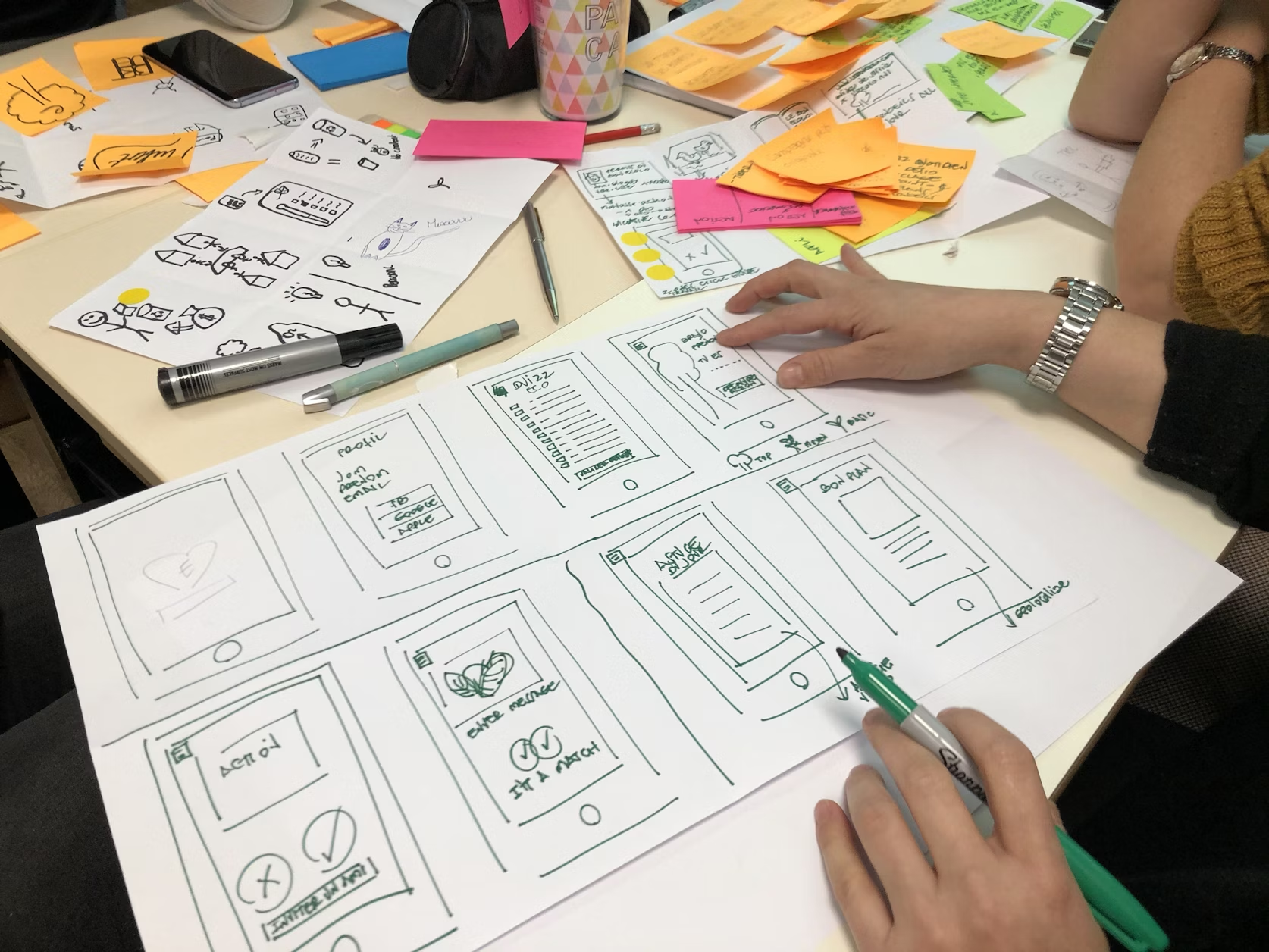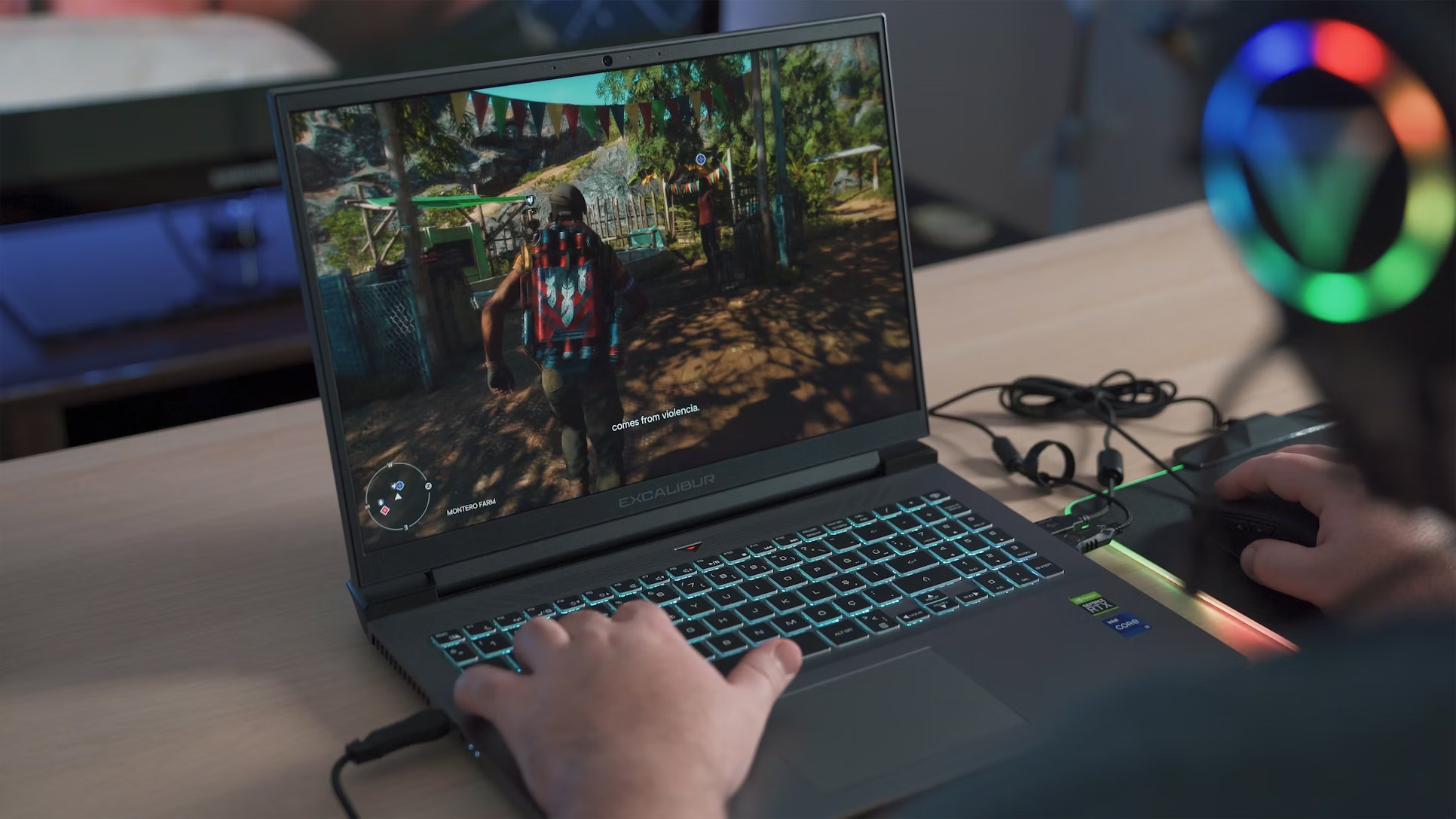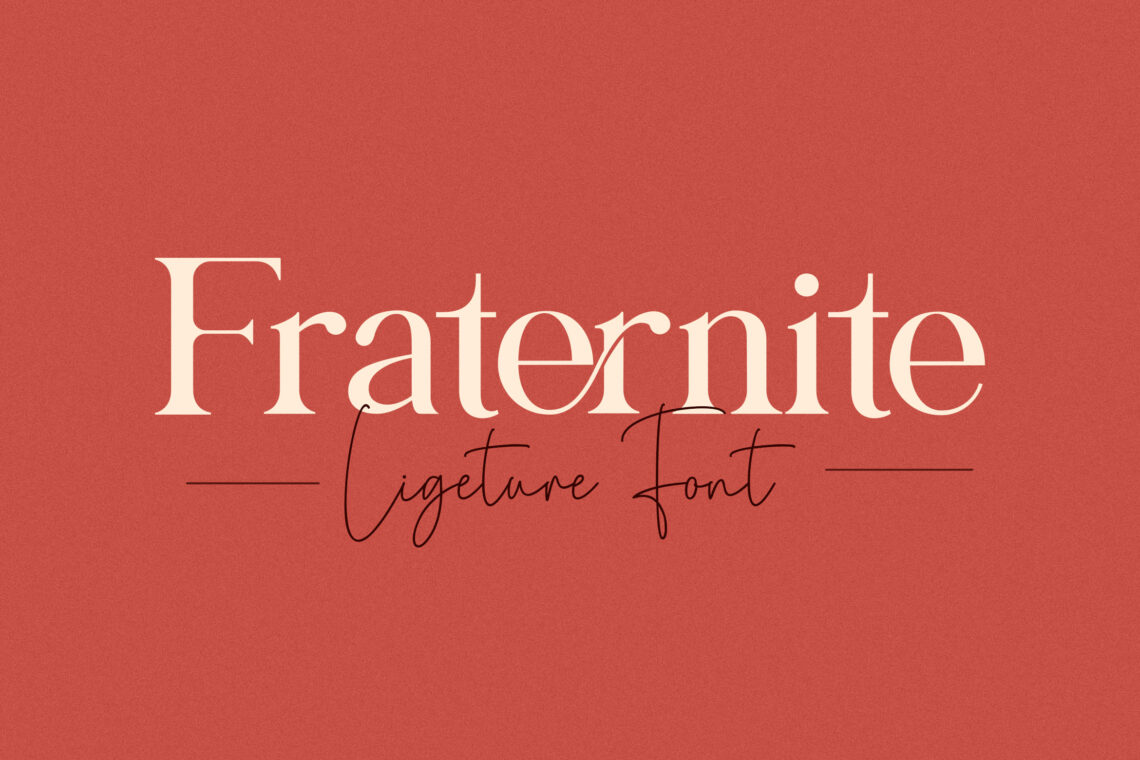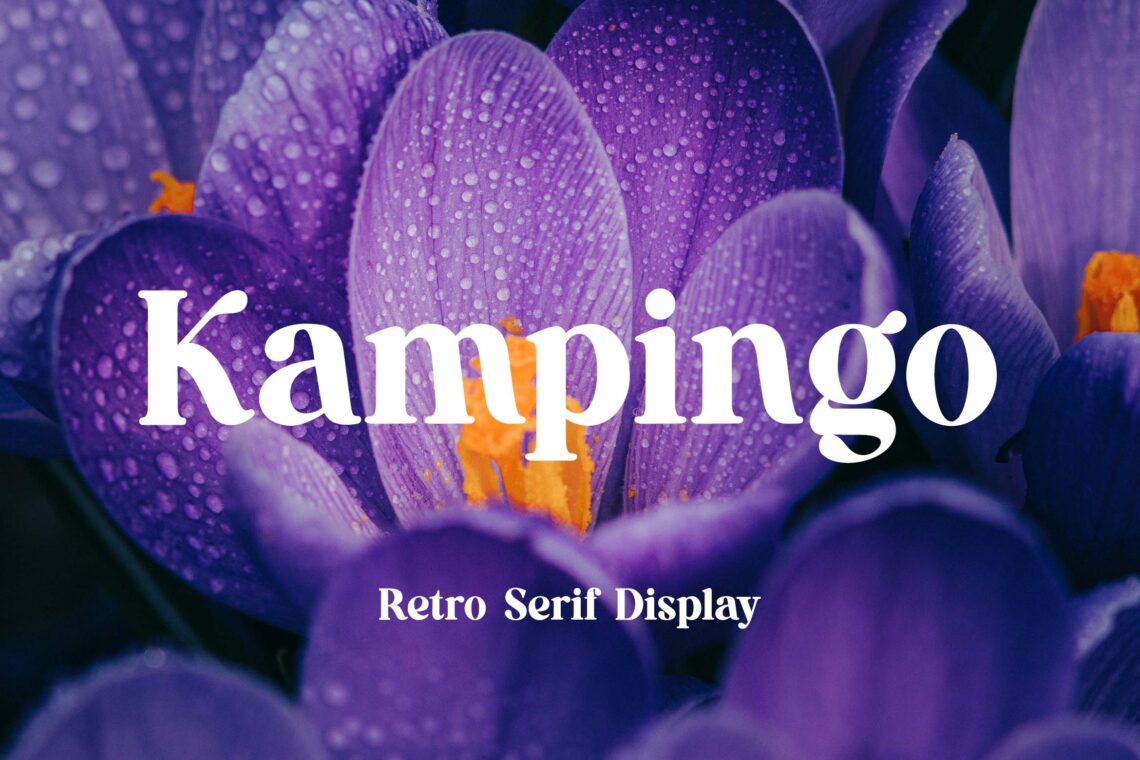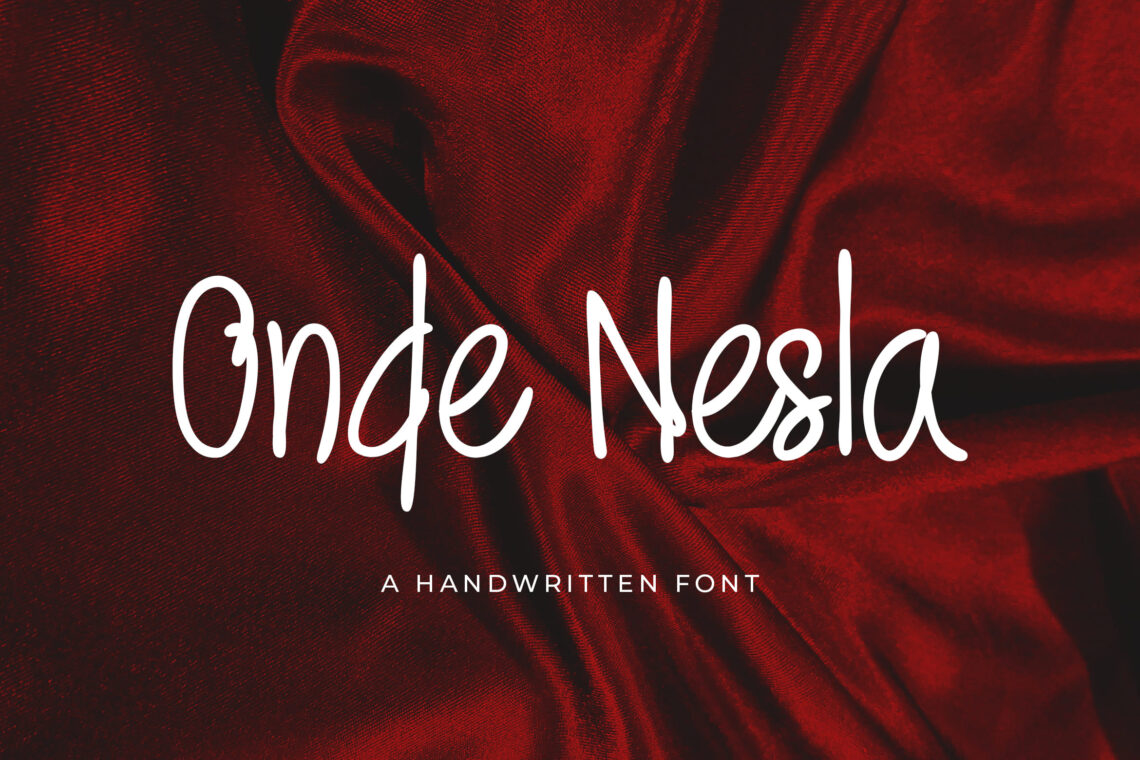
So, what exactly are san serif font (best san serif font, san serif font examples)? When using a word processor to edit a written document or picture editing software to add some text to a photograph, most computer users are accustomed to seeing these names (serif, sans-serif, sans…) on their font list. However, it’s not enough for designers to just know what the fonts are called.
The fonts known as “sans serif” are those that exclude these decorative strokes. Widespread adoption didn’t occur until the Bauhaus movement in the 1920s. They were considered more up-to-date and casual than the traditional serifed fonts still used today.
Because of their exceptional screen legibility, the san serif font is commonly employed in today’s blogs and online newspaper articles with enormous volumes of text. They’re also commonplace in places like captions, titles, and shorter passages of text. Virtually everywhere! Sans-serif typefaces can be broken down into three or four distinct categories. Let’s get to know the nuances of each one!
Why are fonts and typefaces important?
The typeface you select may appear of little significance, whether you are writing a marketing pamphlet or making a poster, but this is not the case. However, the typefaces you use significantly influence how effectively your message is communicated to your target audience and how much attention they pay to what you have to say.
If you pick the wrong typeface for your project, it might not be successful in accomplishing its goal. On the other side, if you use a typeface appropriate for the message you are trying to convey, it will be more effective and simpler to read.
Instructions for selecting an appropriate font
You should now be able to respond satisfactorily to the question, “What are serif and san serif font?” However, you may still be wondering how to select the most appropriate typeface for the job you have coming up next. The following are some suggestions that will assist you in reducing the number of available choices.
Think about your name brand
Considering the overall aesthetic of your company is the most efficient way to select a typeface. Are you a young person with a lot of vitality? Or one that is elegant and formal? Do you want to impress people with your contemporary aesthetic, or do you want to give off an impression of authority? Because serif and san serif font emit entirely distinct energies, as we have established previously, it is crucial to select the typeface that corresponds with the personality of your company.
Don’t overdo it
It is tempting to get giddy about your different typeface possibilities. Still, in most cases, limiting yourself to only one or two typefaces for each project is preferable. If you employ too many different typefaces, the reader will become confused, and your brand will lack a consistent and easily recognizable style.
Feel free to combine and contrast the styles

Proxon Sans Serif Modern Font
You shouldn’t be afraid to combine serif and sans serif fonts in your work, even if it’s likely best to limit yourself to selecting no more than a few different styles for your project. The result could be uninteresting if you choose only one typeface category. It is best to use one typeface for titles and another for the paragraphs that make up the body of the text to increase readability and create interest.
About San Serif Fonts

Fort Avenue Serif Display Font
It is generally agreed that the san serif font is more contemporary than serif typefaces. Because they are missing the strokes that define a serif typeface, they are referred to using the French word “sans,” which translates to “without.” The terms “clean,” “minimal,” “pleasant,” and “contemporary” are frequently applied to the use of typefaces without serifs.
Arial, Helvetica, Open Sans, Calibri, and Verdana are five examples of the many sans serif types widely used today. Because of the lower DPI (dots per inch) that screens have compared to print, sans serif fonts are frequently chosen for large text groups when displayed on the internet. Children will typically have an easier time reading san serif font because they are more straightforward.
When should you use a Sans Serif font?
A typeface without serifs is the greatest option if you want to give the impression that you are approachable and pleasant. When seeking to project an image of youth, coolness, and laid-back sophistication, many businesses use a san serif font.
This typeface genre is frequently used by start-up businesses and technology organizations to communicate their approachability and forward-thinking attitude. Because of the improved readability, this font style is also the one that is most commonly used when developing websites, as was noted earlier.
Types of San Serif Font
The humanist, transitional, and geometric styles are the primary classifications of the best san serif font.
Humanist San Serif Font
Humanist san serif font resembles calligraphy and includes modest stroke contrasts. Because the layout of these types permits small text, you’ll frequently see them utilized in work associated with the government, education, or finance. Typefaces such as Gill Sans and Whitney are examples of humanist sans serif typefaces.
This look was conceived by combining traditional lettering and calligraphy techniques and traditional serif fonts. The first designs were influenced by traditional letters, such as Roman capitals with squared-off corners. Compared to the other categories, they provide a wider variety of designs.
Transitional San Serif Font
Compared to humanist typefaces, transitional san serif font is characterized by bold strokes and more vertical and consistent characters. Their natural and contemporary feel works well for writing about technology and transportation.
Grotesque is the name given to the initial sans-serif designs that appeared throughout the 19th and early 20th centuries. They were strong designs that could be used for anything from commercials to titles to posters. In these typefaces, the terminals of the curves are almost always horizontal, and the width of the strokes varies just a little bit from one character to the next.
This was the next stage in grotesque development, the previous form. They likewise have a restricted range of variation but are more adaptable. Also, they may be used in various contexts, making them highly helpful for making large amounts of text more accessible.
They frequently have a design that looks like it has been “wrapped up,” with the strokes curving and ending with either horizontal or vertical lines.
Geometric San Serif Font
The employment of geometric shapes to build the backbones of the letters in typefaces classified as a geometric san serif font. It gives the appearance of being authoritative, objective, and all-encompassing. The letterforms are typically very straightforward. Such letters as “a” would have a circular or square hole. It would then be duplicated with additional letters having the same opening.
Although they can be more difficult to read, geometric typefaces are frequently used in the science and architecture fields. A couple of examples of geometric typefaces include Europa and Futura PT. These typefaces have in common that their designs are based on various geometrical components, such as squares and circles. The appearance of their design as being contemporary and uncluttered contributed to their meteoric rise to prominence during the 1920s and 1930s.













